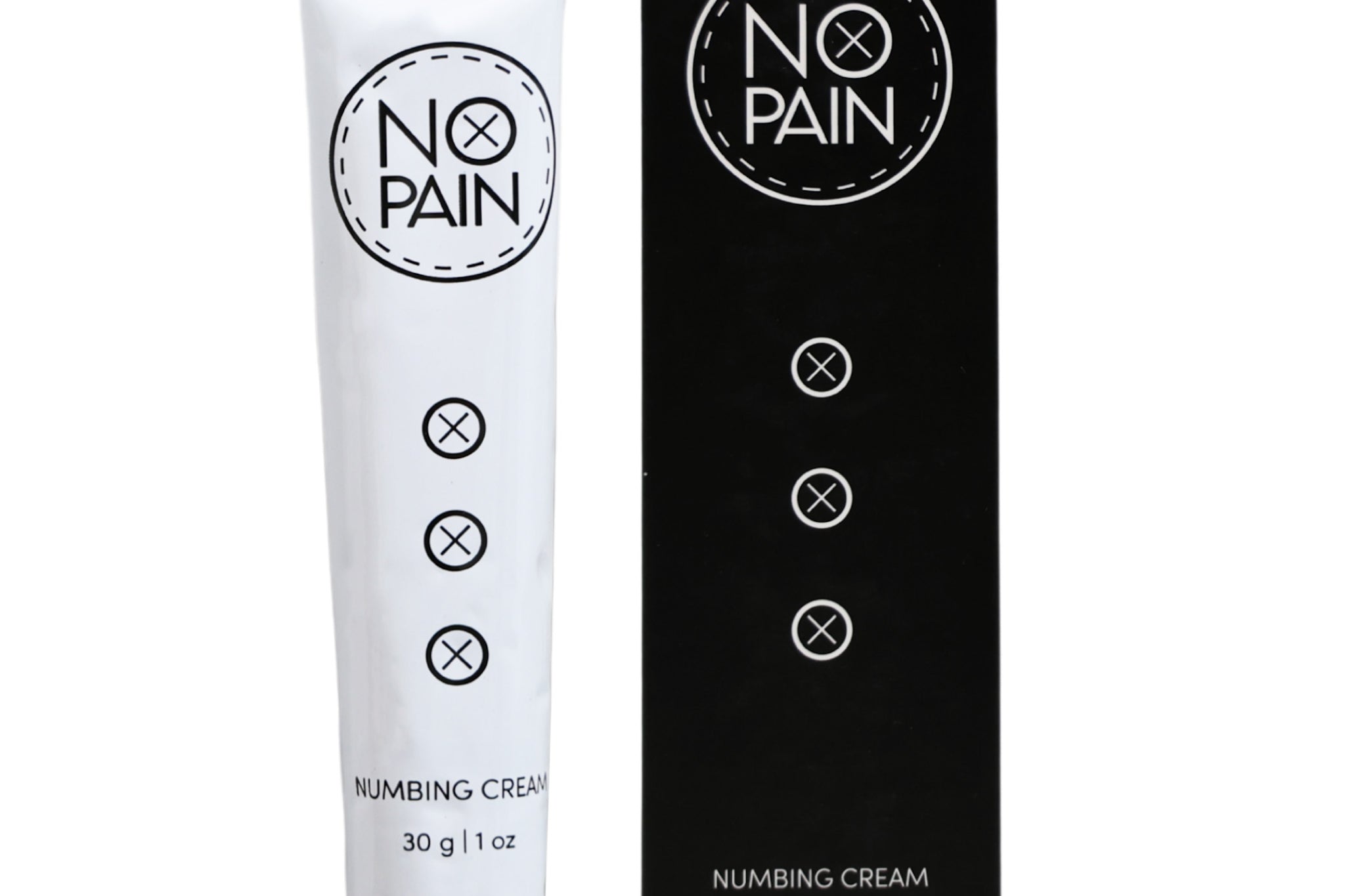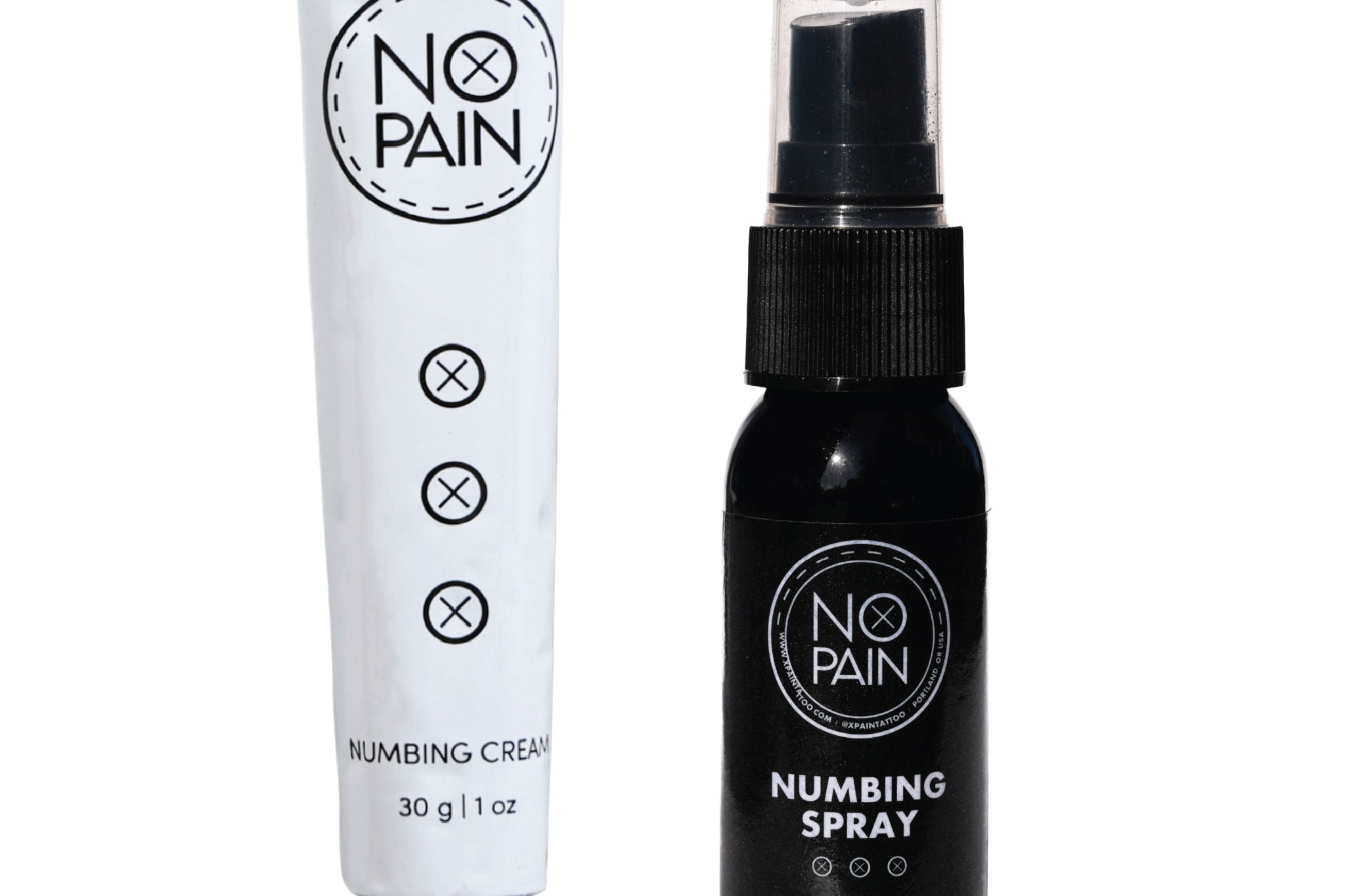You have a black and grey tattoo that you love. The lines are solid, the shading is smooth, and it holds a special meaning. But lately, you’ve been looking at it and dreaming of something more—you’ve been dreaming of seeing it in vibrant color.
This brings up a question many people with existing ink have: is it actually possible to add color to an old, healed black and grey tattoo? Can you breathe new life into a monochrome classic?
The answer is a resounding yes, but with some important artistic and technical considerations. Think of it less like painting over a canvas and more like layering watercolors. With the right artist and realistic expectations, you can absolutely transform your existing tattoo.
How It Works: The Art of Layering Ink
When an artist adds color to your old tattoo, they are depositing new ink into the same layer of skin (the dermis) where the original black and grey ink resides. The new color doesn't opaquely cover the old ink like house paint. Instead, the pigments mix and layer under your skin.
This leads to the golden rule of coloring an existing tattoo: you can only go darker.
You can't, for example, place a bright yellow over a solid black line and expect to see yellow. The black is simply too dark and will dominate. The magic happens when an artist strategically layers new color over the existing grey wash and open skin, using the original tattoo as a foundation.
The Possibilities and Limitations: What to Expect
Understanding what’s possible is key to being happy with the final result.
What Works Well:
-
Coloring Grey Wash: This is the most common and successful approach. A skilled artist can beautifully layer deep reds, rich blues, and lush greens over soft grey shading. This creates incredible depth and can make the original piece look like it was always intended to have color.
-
Coloring the "Negative" Space: Adding vibrant color to the open skin within and around the original design can completely transform the tattoo, making the black and grey work pop like never before.
-
Creating a New Mood: An artist can use translucent "color glazes" over lighter grey areas to give the entire piece a new feel—for example, adding blue tones to create a nighttime scene.
What's Difficult or Impossible:
-
Covering Solid Black: As mentioned, you cannot effectively cover solid black lines or heavily saturated black areas with a lighter color. The black will always show through.
-
Achieving "Pure" Color Over Grey: Remember that the colors are mixing. A bright yellow placed over a 30% grey wash will result in a muted, toned-down yellow, not the pure color you see in the ink cap. An expert artist will know how to work with this effect.
-
Bright White Highlights: While an artist can add some fresh white highlights, they will be less impactful when placed over existing grey ink compared to being placed on fresh skin.
The Process: Finding the Right Artist for the Job
This is not a project for just any tattoo artist. You need to find a specialist.
-
Find an Artist Experienced in Re-Works: Look for artists whose portfolios show extensive experience with cover-ups or re-coloring old tattoos. They will have a deep understanding of how new ink settles and mixes with old.
-
The Consultation is Key: A thorough, in-person consultation is non-negotiable. Your artist will need to assess the condition of your old tattoo—how faded it is, the quality of the skin, and the composition of the design—to create a realistic plan.
-
Trust Their Expertise: Be open to the artist's suggestions. They may recommend adding some new black outlines to contain the color or suggest a different color palette than you had in mind to achieve the best result.
The Most Important Step: Aftercare for Your "New" Tattoo
Once the color is in, you have to treat it like what it is: a brand-new tattoo. The aftercare you perform now is absolutely critical for ensuring those new colors heal as vibrantly as possible and don't fade prematurely.
-
Keep It Perfectly Clean: The freshly colored areas are an open wound. You must keep the area clean to prevent infection, which can ruin new color work. Gently wash the tattoo with a proven antimicrobial wash like our No Pain Tattoo Cleansing Foam.
-
Soothe the Skin: Color packing can sometimes leave the skin more tender than simple line work. For the first few days of healing, use our No Pain Tattoo Soothing Gel. Its cooling formula will help calm any redness and irritation.
-
Lock In the Color: Proper moisturization during the peeling phase is what locks that new pigment in. Our No Pain Tattoo Aftercare Balm is designed to deeply nourish the skin, prevent heavy scabbing, and give your new colors the best possible chance to heal with maximum vibrancy.
To ensure you have everything you need for this critical healing phase, grab our No Pain Tattoo Aftercare Bundle. It’s the perfect toolkit to protect your new investment.
With the right artist and a commitment to perfect aftercare, you can absolutely breathe vibrant new life into a beloved old tattoo, turning it into a piece you'll be excited to show off all over again.




